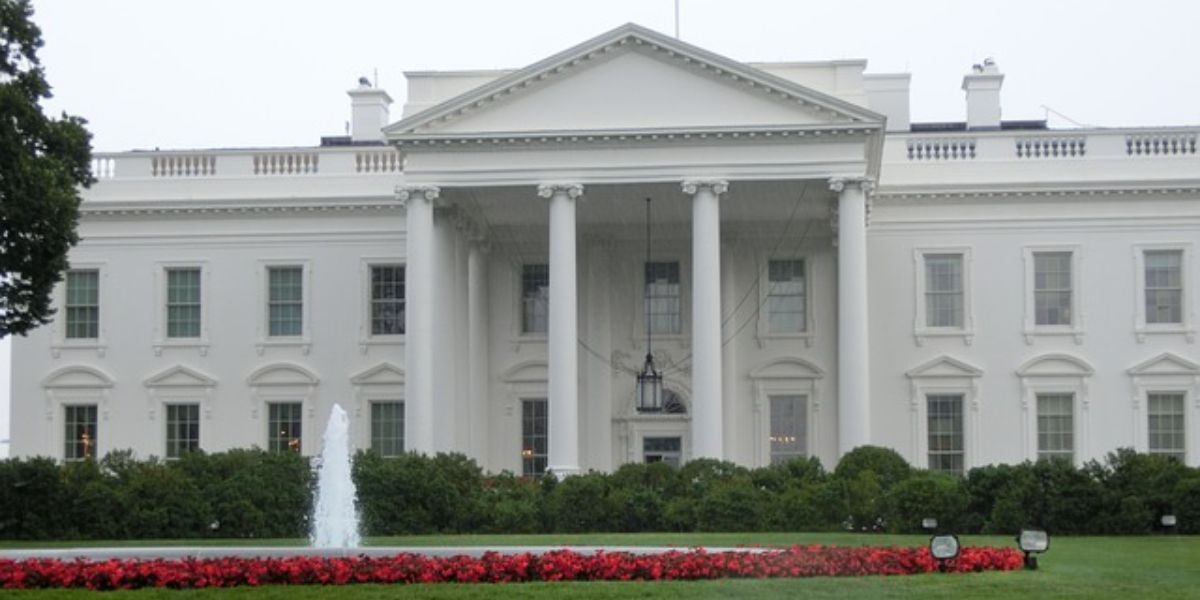The Office of the United States Trade Representative (USTR) has released a detailed explanation outlining the methodology behind the reciprocal tariff calculations announced by President Donald Trump on 2 April 2024.
This includes a 10% baseline tariff on imports from all countries and reciprocal tariffs on imports from nations with the largest US trade deficits, set at roughly half the rates charged on US goods. According to the USTR, these rates are designed to, in theory, eliminate bilateral trade deficits with specific countries.
Executive summary
Reciprocal tariffs are calculated as the tariff rate necessary to balance bilateral trade deficits between the US and each of our trading partners. This calculation assumes that persistent trade deficits are due to a combination of tariff and non-tariff factors that prevent trade from balancing.
Tariffs work through direct reductions of imports. Reciprocal tariff rates range from 0% to 99%, with unweighted and import-weighted averages of 20% and 41%.
Basic approach
Consider an environment in which the US levies a tariff of rate τ_i on country i and ∆τ_i reflects the change in the tariff rate. Let ε<0 represent the elasticity of imports with respect to import prices, let φ>0 represent the passthrough from tariffs to import prices, let m_i>0 represent total imports from country i, and let x_i>0 represent total exports. Then the decrease in imports due to a change in tariffs equals ∆τ_i*ε*φ*m_i<0. Assuming that offsetting exchange rate and general equilibrium effects are small enough to be ignored, the reciprocal tariff that results in a bilateral trade balance of zero satisfies:
Δτ_i = (x_i – m_i) / (ε*φ*m_i)
Parameter selection
To calculate reciprocal tariffs, import and export data from the US Census Bureau for 2024. Parameter values for ε and φ were selected. The price elasticity of import demand, ε, was set at 4.
Recent evidence suggests the elasticity is near 2 in the long run (Boehm et al., 2023), but estimates of the elasticity vary. To be conservative, studies that find higher elasticities near 3-4 (e.g., Broda and Weinstein 2006; Simonovska and Waugh 2014; Soderbery 2018) were drawn on. The elasticity of import prices with respect to tariffs, φ, is 0.25. The recent experience with U.S. tariffs on China has demonstrated that tariff passthrough to retail prices was low (Cavallo et al, 2021).
Findings
The reciprocal tariffs were left-censored at zero. Higher minimum rates might be necessary to limit heterogeneity in rates and reduce transshipment. Tariff rates range from 0 to 99%. The unweighted average across deficit countries is 50%, and the unweighted average across the entire globe is 20%. Weighted by imports, the average across deficit countries is 45%, and the average across the entire globe is 41%. Standard deviations range from 20.5 to 31.8 percentage points.














